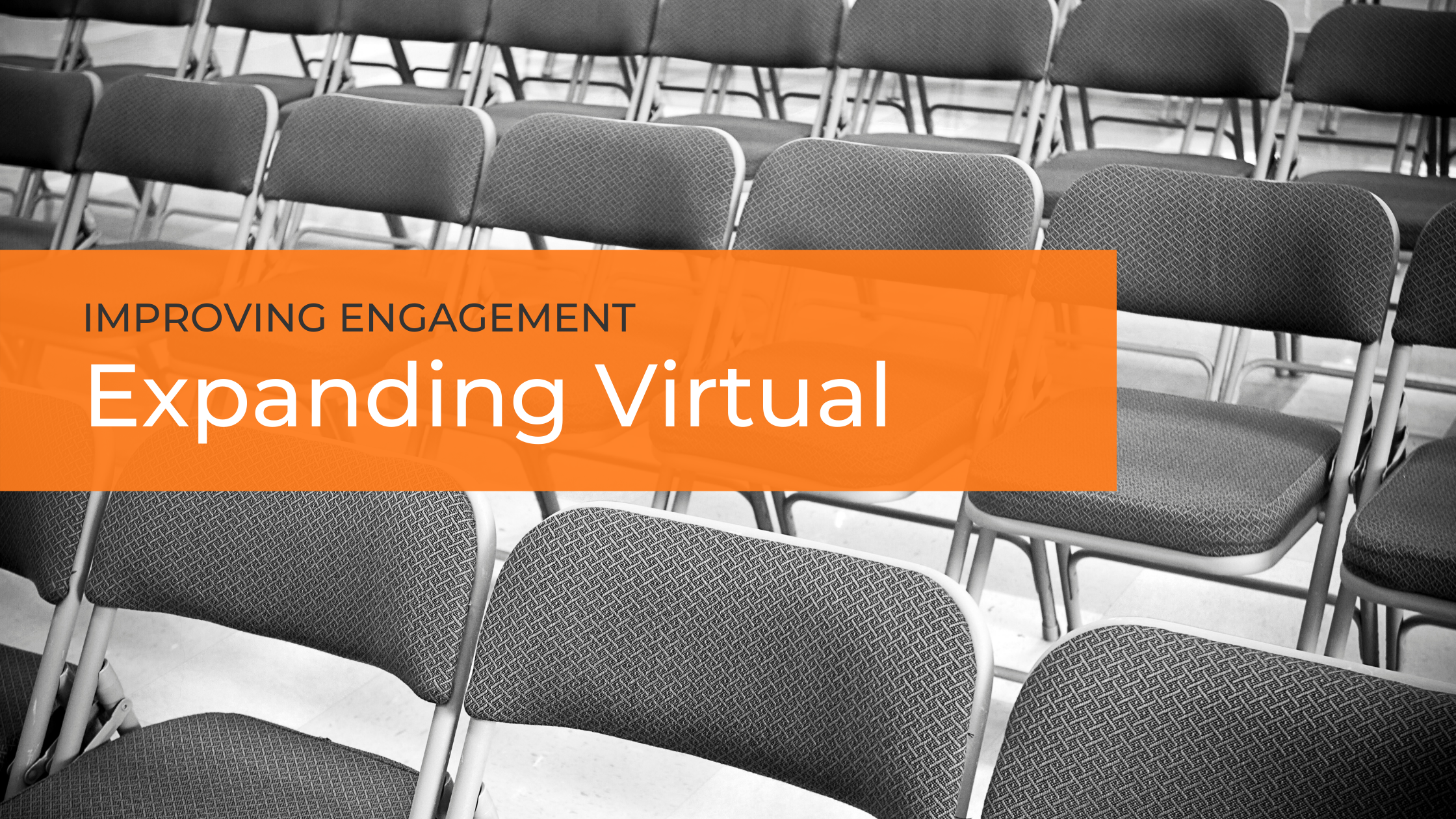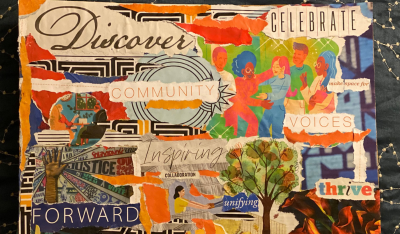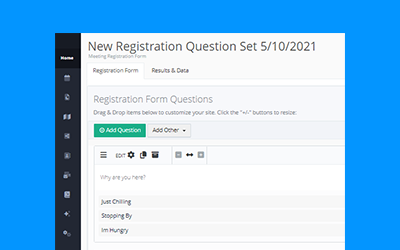How can virtual engagement improve public participation in 2022?
State and local governments and their constituents have seen an expanded use of virtual and online engagement over the last two years. This expanded use, which was initiated primarily in response to pandemic related social distancing at conventional public gatherings, has encouraged successful virtual engagement for both synchronous and asynchronous collaboration.
Governments that take advantage of smart communication and information sharing technology enable greater interaction with residents by meeting the public’s growing preference to connect virtually.
Residents are responding to governments’ broader reach and finding more avenues to connect with their public officials to contribute ideas and suggestions towards community public policy challenges. Both groups benefit by sharing information and ideas that should lead to more informed decision making for jurisdictions.
Expand virtual, increase impact
Looking beyond traditional public engagement processes, such as those occurring at regular meetings of legislative bodies, e.g., council meetings, or for planning meetings that require public comment such as transportation projects, how can the government expand the use of virtual engagement in 2022 and have greater community impact?
Federal Funding
One emerging area within public planning involves new federal funding programs that emerged during the pandemic to address local social and economic challenges. While federal funding initiatives have historically required public outreach to collect input, the current administration has expanded the public participation criteria to require more and more inclusive resident engagement. These requirements are an important part of federal programs such as the American Rescue Plan, also known as ARPA and its predecessor, the Infrastructure Investment and Jobs Act.
Both of these measures lay out specific requirements for local jurisdictions to follow and to present their plan for qualifying for federal funding before the funds are provided. Both programs mention using virtual and online options to increase a representative participation of residents in the planning and prioritization of community needs.
Regular business and virtual platforms
Other opportunities for governments to expand public participation by utilizing virtual platforms are in the daily work of conducting the public’s business. This work can be ad hoc or ongoing depending on its activity.
For example, many programs, initiatives or policies presented at council meetings or assigned to an agency may appear on a meeting agenda and receive a smattering of conversation by public officials and brief public comments at the meeting. However, using an online public engagement platform that can centralize information and communication around that topic can help government and the public continue their collaboration that builds greater awareness and enables sharing more ideas in the decision making process.
Expanding public participation using virtual platforms allows governments to focus on external challenges such as health care, education, or public safety or dial in on internal challenges such as budgeting, revenue and expenditures.
Policy Making Improvements
Other areas of policy that can be expanded for greater public participation can be in the multiple public boards and committees where a small representation from the public (perhaps one member from each ward or district) provides input and feedback to government around the topic their board is focused on. These areas include beautification, code enforcement, police review, historic preservation, public arts, economic development and housing.
Local governments usually have many boards and committees. Formalizing a method for using virtual engagement to increase resident feedback helps provide the government with greater insight and understanding around those purposes while providing the representative citizen members of those boards with opportunities for input and feedback.
Increase equity and inclusion
Opening government for greater public involvement must rely on proven technology to accomplish an equitable and inclusive representation of the community. The virtual public meeting formats convened during the pandemic and revisited again, as the current Omicron strain threatens new shutdowns of public gatherings, have shown the public’s interest to not only attend virtual proceedings but also contribute to the matters being discussed.
Want to see how PublicInput’s proven technology can help expand and improve the effectiveness of public involvement and policy making in your community?




